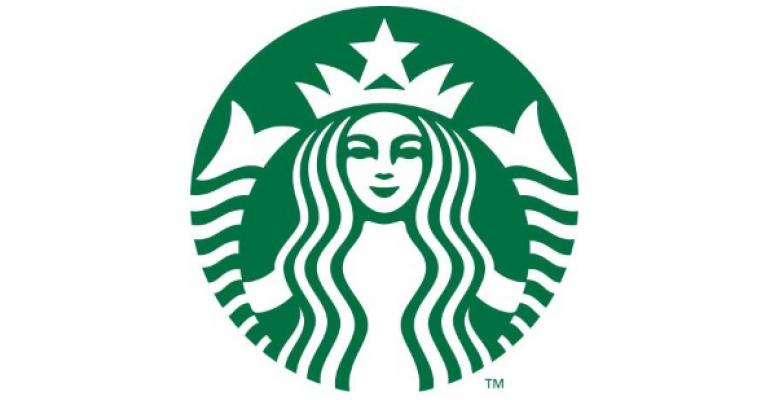Wall Street analysts are speculating whether Starbucks Corp.’s newly appointed chief operating officer Troy Alstead is being positioned as the eventual successor to chief executive Howard Schultz following Wednesday’s announcement of top management changes at the company.
In a surprise move, the 60-year-old Schultz, who is also chair and president of Seattle-based Starbucks, said he planned to step away somewhat from daily operations to focus more on big-picture issues, including the company’s growing investment in “all things digital.”
Effective next week, Schultz will hand the reigns of day-to-day management of the 20,184-unit chain to Alstead, who has been with Starbucks in various roles for 22 years, serving as chief financial officer since 2008.
RELATED
• Starbucks overhauls top executive positions
• Starbucks warns of consumer shift to online shopping
• More restaurant people news
In a call with analysts Wednesday, Schultz specifically denied that the move had anything to do with a planned succession “or me leaving or planning to leave the company,” he said. “I’m not leaving the business on any level. Troy and I talk every single day, whether we’re in the office or not, and that’s not going to change.”
Schultz was ranked the No. 1 most powerful person in the restaurant industry on The Power List, presented by NRN. View Schultz’s Power List profile >>

Still, in reports late Wednesday, analysts predicted Alstead would eventually take the helm at Starbucks in time.
Sharon Zackfia of William Blair said the realignment likely positions Alstead as Schultz’s eventual successor, “although we believe this is unlikely to occur for a few years at least,” she wrote.
“Joining Starbucks in 1992, Mr. Alstead is the company’s longest-tenured high-level executive, after Mr. Schultz, and he has held numerous positions across the organization in both finance and operations over the years, including serving as COO of Starbucks Greater China, senior vice president of global finance and business operations, and vice president of corporate finance,” Zackfia noted.
The last time Schultz left the CEO seat in 2000 to focus on more big-picture thinking the Starbucks chain veered off its growth path.
Hit badly by a recession that forced consumers to drop their premium coffee habits, Schultz was forced to return to the c-suite in 2008, launching a transformation plan that now has the chain producing record results.
This time, however, analysts indicate things will be different.
Nicole Miller Regan, senior research analyst for Piper Jaffray, welcomed the leadership changes, saying Schultz’s expanded role will likely result in new ideas that will result in new revenue streams.
“We view this expansion of role favorably, given Mr. Schultz’s track record of ideation and execution around innovative ideas well-suited for the Starbucks brand,” she wrote.
As an example, she pointed to the company’s recent rollout of a “channel agnostic” loyalty program that allows Starbucks cardholders to earn rewards when they buy the brand’s coffee or other products at grocery or other retail outlets. Miller Regan said she believes the program “will eventually become a meaningful sales driver by connecting the entirety of the company’s global sales and customer engagement channels over time.”
Future in mobile, digital
(Continued from page 1)
As COO, Alstead already has a highly favorable reputation within the industry and among investors, she added.
With the company’s group presidents and other divisions all reporting to him, Starbucks is better positioned to handle cross-pollination of ideas, processes and best practices across its global portfolio, she said.
Schultz, who has long established his reputation as an out-of-the-box thinker, did not give specifics on next steps, but promised Starbucks would see great opportunity by leveraging its industry-leading assets in the digital world as consumers increasingly embrace the use of mobile and digital technologies and do their shopping online.
During the first quarter, for example, Starbucks guests loaded $1.4 billion on the chain’s loyalty and gift cards around the world, including $610 million in the U.S. and Canada alone.
“There’s no question consumers are rapidly embracing it, and it’s evolving to the point where your digital wallet will be the primary currency of how you pay for things,” he said.
Schultz said further investments in mobile payment and digital loyalty programs, along with e-commerce, will “create more stickiness, more loyalty and more frequency” within the company’s core coffeehouse business.
“There are things we can take advantage of and leverage that are outside of the ecosystems of Starbucks,” Schultz added. “This new organizational change will free me up to create and innovate, not only around mobile pay, but new channels in which we can cross-promote and cross-reward customers.”
Contact Lisa Jennings at [email protected].
Follow her on Twitter: @livetodineout





